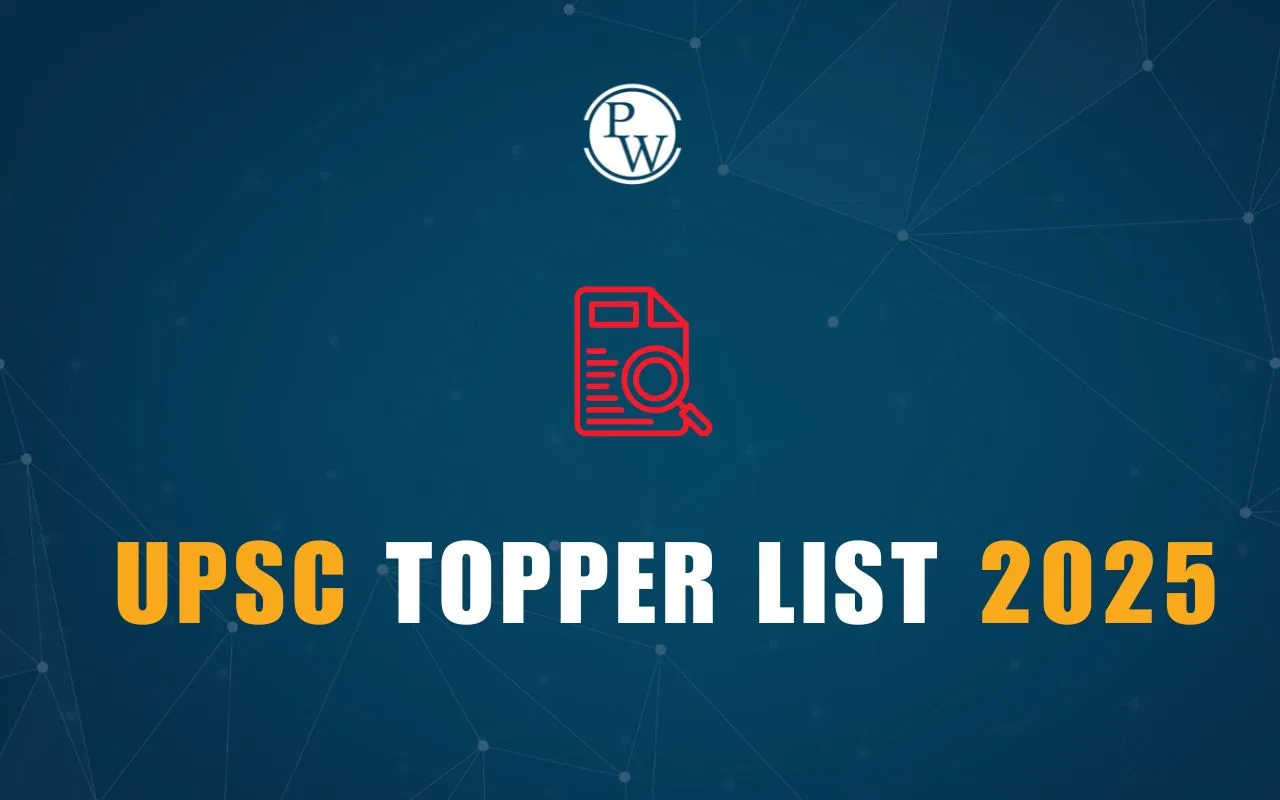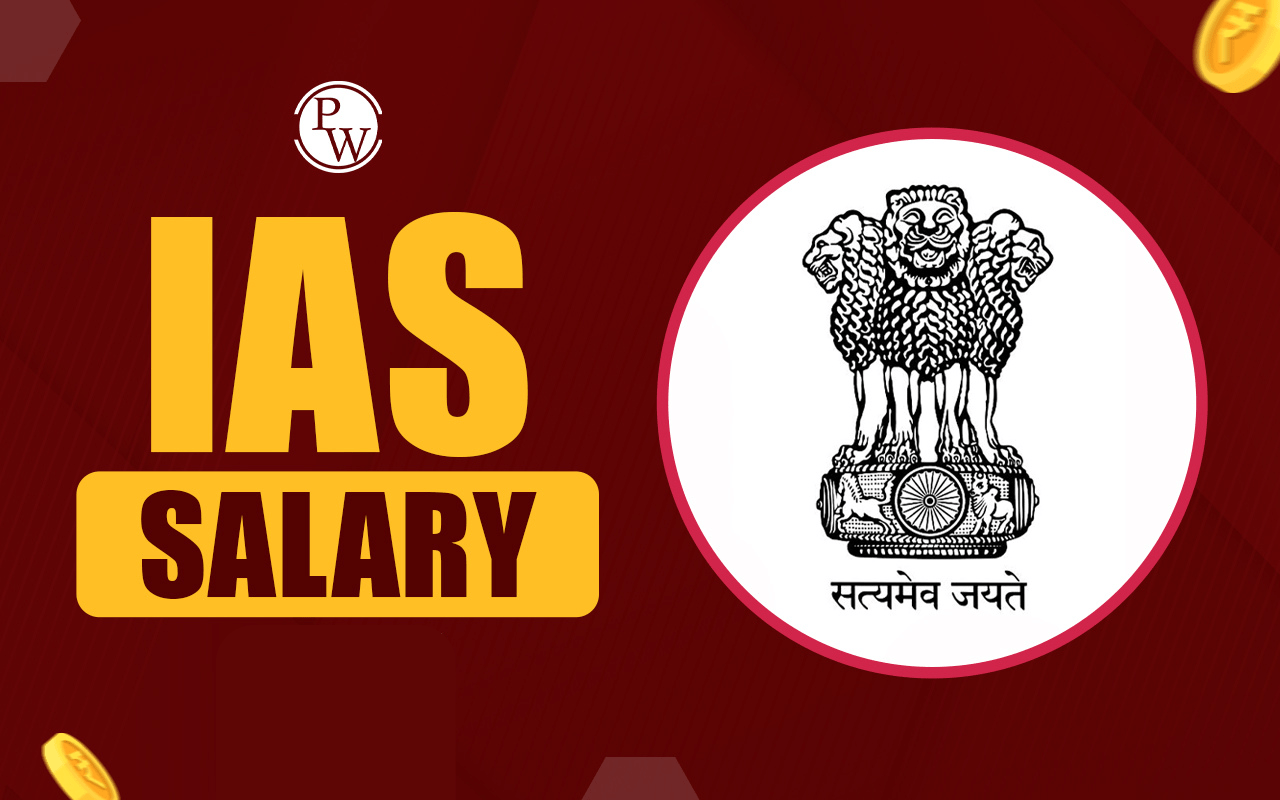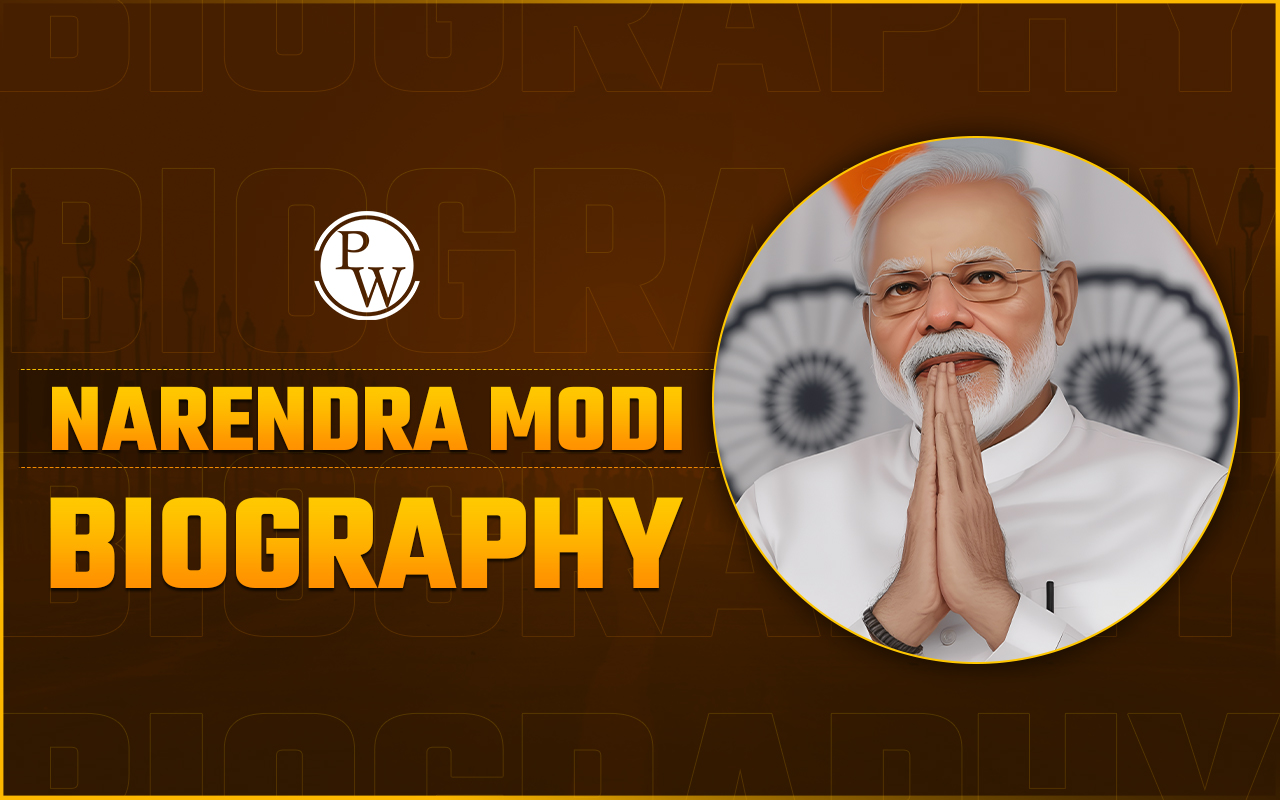
PLI Scheme: The Production Linked Incentive (PLI) Scheme is a significant government initiative aimed at boosting India's manufacturing sector. The ultimate aim of the PLI Scheme is to promote local manufacturing and reduce dependency on imports.
This scheme was launched in March 2020 as part of the Atmanirbhar Bharat initiative to strengthen domestic industries and make India a global manufacturing hub. Keep reading to learn more about the PLI Scheme, its objectives, and the list of sectors covered by it.What is the PLI Scheme?
The PLI Scheme full form is the ‘Production Linked Incentive Scheme’. It is a policy designed to offer financial incentives for manufacturing in India. These incentives are linked to production levels, incremental sales, and local value addition, calculated as a percentage of revenue over up to 5 years. The PLI Scheme not only supports existing manufacturers but also attracts global players to set up production units in India. By offering subsidies or bonuses based on production, it aims to attract investments and enhance the global competitiveness of Indian industries. For example, the PLI Scheme for the National Programme on High Efficiency Solar PV Modules aims to develop manufacturing capacity at the giga-watt (GW) scale for high-efficiency solar PV modules.Objective of PLI Scheme
The primary objective of the PLI Scheme is to make India self-reliant by strengthening domestic manufacturing. Production Linked Incentive scheme now focuses on:- Boost Local Manufacturing: Encouraging Indian companies to expand production capacities by ensuring operational efficiencies.
- Attract Global Investments: Drawing international companies to establish manufacturing units in India.
- Reduce Import Dependence: By removing sectoral disabilities, developing a comprehensive ecosystem for components, and creating economies of scale.
- Create Employment Opportunities: Generating jobs across various skill levels.
- Enhance Exports: Making India a key player in global supply chains.
List of Sectors Under PLI Scheme
In its initial phase, the PLI Scheme was launched in three industries. Now it covers 14 sectors which are:- Mobile Manufacturing and Specified Electronic Components
- Critical Key Starting Materials/Drug Intermediaries & Active Pharmaceutical Ingredients.
- Manufacturing of Medical Devices
- Automobiles and Auto Components
- Pharmaceuticals Drugs
- Specialty Steel
- Telecom & Networking Products
- Electronic/Technology Products
- White Goods (ACs and LEDs)
- Food Products
- Textile Products: MMF segment and technical textiles
- High efficiency solar PV modules
- Advanced Chemistry Cell (ACC) Batteries
- Drones and Drone Components.
Benefits of PLI Scheme
The PLI Scheme offers numerous advantages, both for the economy and individual sectors. Here are some of its key benefits:- Promotes Domestic Manufacturing: Reduces reliance on imports by boosting local production. For example, by FY 2022-23, mobile phone imports reduced to USD 1.6 billion from USD 3.6 billion in FY 2017-18.
- Encourages Technological Advancements: Supports innovation by incentivizing research and development.
- Creates Employment Opportunities: Generates jobs in manufacturing, supply chains, and ancillary industries.
- Enhances Global Competitiveness: Positions India as an attractive investment destination.
- Strengthens Supply Chains : Improves self-reliance in critical sectors like pharmaceuticals and electronics.
- Drives Economic Growth: Contributes to GDP by increasing industrial output and exports.
- Supports Green Initiatives : Encourages investment in renewable energy and sustainable technologies.
UPSC PYQ on PLI SchemeUPSC Prelims 2023: Consider, the following statements
|
To learn more about government schemes, check out Physics Wallah’s UPSC Courses!
| UPSC Related Articles | ||
| COP29 Summit 2024 | International Solar Alliance | International Awards 2024 |
| Kumbh Mela 2025 | List of Statutory Bodies | Indus Waters Treaty |
PLI Scheme FAQs
What is the Production Linked Incentive scheme?
The PLI Scheme offers financial incentives to boost manufacturing in India, linked to production levels.
How many sectors are covered under the PLI scheme?
The scheme currently covers 14 key sectors, including electronics, pharmaceuticals, renewable energy, and textiles.
What are the objectives of the PLI scheme?
The objectives include enhancing manufacturing competitiveness, attracting investments, creating jobs, and integrating India into global supply chains.
Which ministry is responsible for the Production Linked Incentive Scheme?
Various ministries such as the Ministry of Commerce and Industry and Ministry of Electronics and Information Technology are responsible for the PLI Scheme based on the sector.
Who can benefit from the PLI Scheme?
Both domestic and international manufacturers operating in eligible sectors can benefit from the scheme.
Talk to a counsellorHave doubts? Our support team will be happy to assist you!

Check out these Related Articles
Free Learning Resources
PW Books
Notes (Class 10-12)
PW Study Materials
Notes (Class 6-9)
Ncert Solutions
Govt Exams
Class 6th to 12th Online Courses
Govt Job Exams Courses
UPSC Coaching
Defence Exam Coaching
Gate Exam Coaching
Other Exams
Know about Physics Wallah
Physics Wallah is an Indian edtech platform that provides accessible & comprehensive learning experiences to students from Class 6th to postgraduate level. We also provide extensive NCERT solutions, sample paper, NEET, JEE Mains, BITSAT previous year papers & more such resources to students. Physics Wallah also caters to over 3.5 million registered students and over 78 lakh+ Youtube subscribers with 4.8 rating on its app.
We Stand Out because
We provide students with intensive courses with India’s qualified & experienced faculties & mentors. PW strives to make the learning experience comprehensive and accessible for students of all sections of society. We believe in empowering every single student who couldn't dream of a good career in engineering and medical field earlier.
Our Key Focus Areas
Physics Wallah's main focus is to make the learning experience as economical as possible for all students. With our affordable courses like Lakshya, Udaan and Arjuna and many others, we have been able to provide a platform for lakhs of aspirants. From providing Chemistry, Maths, Physics formula to giving e-books of eminent authors like RD Sharma, RS Aggarwal and Lakhmir Singh, PW focuses on every single student's need for preparation.
What Makes Us Different
Physics Wallah strives to develop a comprehensive pedagogical structure for students, where they get a state-of-the-art learning experience with study material and resources. Apart from catering students preparing for JEE Mains and NEET, PW also provides study material for each state board like Uttar Pradesh, Bihar, and others
Copyright © 2025 Physicswallah Limited All rights reserved.
Get App






